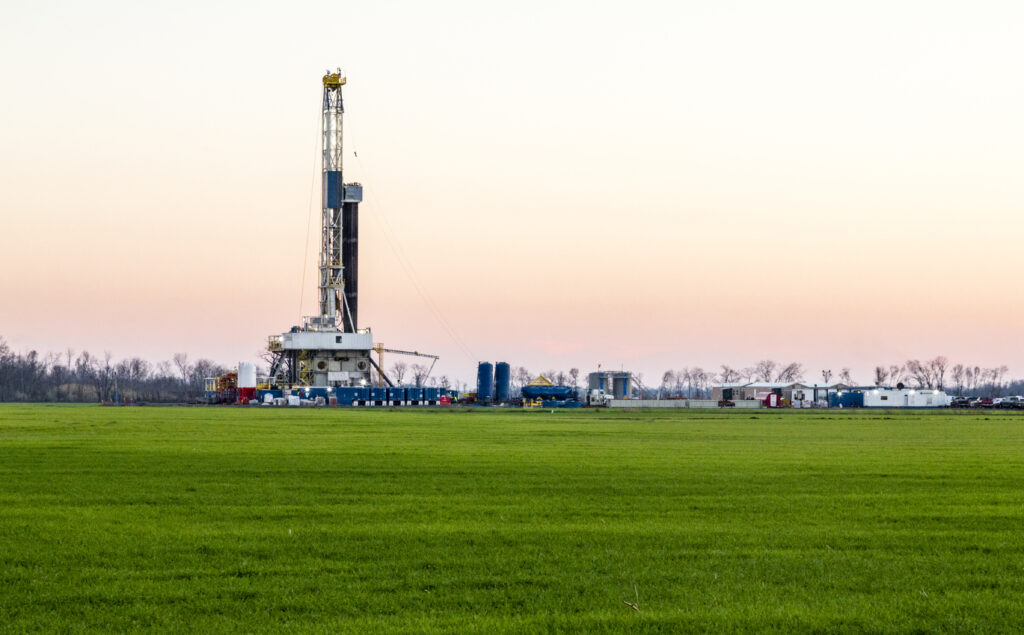Giant wind turbines at Altamont Pass, California, are illegally killing more than 1,000 birds of prey each year, according to a lawsuit filed January 12 by the Center for Biological Diversity. The suit demands an injunction halting operation of the turbines until and unless protective measures are taken and highlights increasing concerns regarding a power source long hailed as environmentally friendly by environmental activist groups.
Thousands of Deaths Every Year
Thousands of wind turbines were built in Northern California’s Altamont Pass region during the 1980s in response to activist groups’ call for greater reliance on renewable energy sources. Construction of the wind turbines, however, has made the region one of the most deadly places in the world for a large variety of birds. Literally thousands of birds are killed by the turbines each year, including roughly 1,000 annual kills of such valued birds of prey as golden eagles, red-tailed hawks, and burrowing owls.
Complicating matters, Altamont Pass is a major migration route for birds of prey in North America. The federal Migratory Bird Treaty Act makes it illegal to kill migratory birds without permits. According to Benito Perez, special agent in charge of the U.S. Fish and Wildlife Service’s Portland, Oregon, office of law enforcement, every killing of a migratory bird by the Altamont Pass wind turbines is a violation of federal law.
Moreover, the Bald and Golden Eagle Protection Act prohibits the killing of eagles. Yet in Altamont Pass, home to the nation’s largest concentration of golden eagles, wind turbines kill hundreds of the majestic birds every year.
“Altamont has become a death zone for eagles and other magnificent and imperiled birds of prey,” said Jeff Miller, a spokesman for the Center for Biological Diversity. “Birds come into the pass to hunt and get chopped up by the blades.”
Deaths Unavoidable
Owners of the wind turbines assert they have gone to great measures to protect birds from being sliced up by the turbine blades, but the technology simply does not exist to generate wind power without sacrificing an immense number of birds each year.
“It’s so unfair to say we have not been actively trying to do anything,” said Steve Stengel, a spokesman for Florida Power & Light Company, which owns many of the turbines. “We’ve done everything from installing perch guards to painting rotor blades.”
Miller, however, was skeptical wind power generators are doing all they can to ameliorate bird deaths.
“We’re asking the judge to throw the book at them,” said Miller. “We’re not suggesting they’re going to be shut down. We are suggesting turbine owners out there need to take some measures to reduce bird kill, and that they come up with some adequate mitigation or compensation.”
Many of the Center for Biological Diversity’s recommendations for ameliorating bird deaths, such as moving the Altamont Pass turbines to different locations, would necessitate significant up-front expense and make wind power generation even less efficient than is already the case. Wind power is already significantly more expensive to produce than power from such traditional sources as oil, coal, and natural gas, even though wind power receives substantial subsidies from U.S. taxpayers.
New Studies, Renewed Concerns
A study conducted by the U.S. Department of Energy’s National Renewable Energy Laboratory found that Altamont Pass bird deaths are more prevalent than previously thought. According to the January 30 Oakland Tribune, previous studies conducted by wind farm operators had underestimated Altamont Pass bird kills by 25 to 300 percent. Moreover, new technologies designed to reduce the number of bird deaths will actually have the effect of increasing turbine bird kills.
The Renewable Energy Laboratory determined that new technology that would reduce the number of turbines by increasing the size of each tower’s blades would kill more birds than the preexisting turbines. The larger turbines would increase the area of “swept” air and would have more lethal blades and components than their smaller cousins.
Similarly, the Laboratory found that replacing latticed towers with tubular ones–designed to keep birds away from turbine blades by discouraging the use of lattices for nesting and predation–would also result in a net increase in bird deaths.
The new study, summarized the Tribune, “suggests the [bird death] problem is more serious than previously thought.”
Other studies, also issued in January, showed wind turbines may be more dangerous to humans than had previously been thought.
On January 25, the London Daily Telegraph reported numerous studies show low-frequency noise emanating from wind turbines is causing a variety of ailments among area residents.
According to English physician Dr. Amanda Harry, who conducted one of the studies, “People demonstrated a range of symptoms from headaches, migraines, dizziness, palpitations, and tinnitus to sleep disturbance, stress, anxiety, and depression. These symptoms had a knock-on effect in their daily lives, causing poor concentration, irritability, and an inability to cope . It travels further than audible noise, is ground-borne and is felt through vibrations.”
Similar findings were made in an unrelated study by Dr. Bridget Osborne. She presented a paper to the Royal College of General Practitioners documenting a significant increase in depression among residents of the North Wales village of Moel Maelogan after construction of a large wind turbine.
“There is a public perception that wind power is ‘green’ and has no detrimental effect on the environment,” said Osborne. “However, these turbines make low-frequency noises that can be as damaging as high-frequency noises.”
Wales archeologist Dr. Stepen Briggs initially welcomed news that a wind farm was scheduled to be built nearby. “I’m as green as the next man and the developers assured us that the windmills would cause hardly any disturbance.” However, Briggs quickly learned one of the significant downsides of wind turbines. “Once they began operating I couldn’t work in my garden anymore. The noise was unbearable. It was as if someone was mixing cement in the sky.”
Said Mark Taplin, who also witnessed construction of a wind farm near his Wales home, “It has been a miserable, horrible experience. They are 440 metres (roughly one quarter mile) away but if I step outside and they are not generating I know immediately because I can [finally] hear the silence. They grind you down–you can’t get away from them. They make you very depressed. The chomp and swoosh of the blades creates a noise that beggars belief.”
“Wind power may well be the least environmentally friendly idea ever proposed by environmentalists,” noted Iain Murray, a senior fellow at the Competitive Enterprise Institute. “Conservationists as committed as Sen. Edward Kennedy (D-Massachusetts) and British television personality Dr. David Bellamy have come out against proposed uses of the technology. As a result, a degree of civil war has broken out in the environmental movement.”
James M. Taylor is managing editor of Environment & Climate News. His email address is [email protected].




